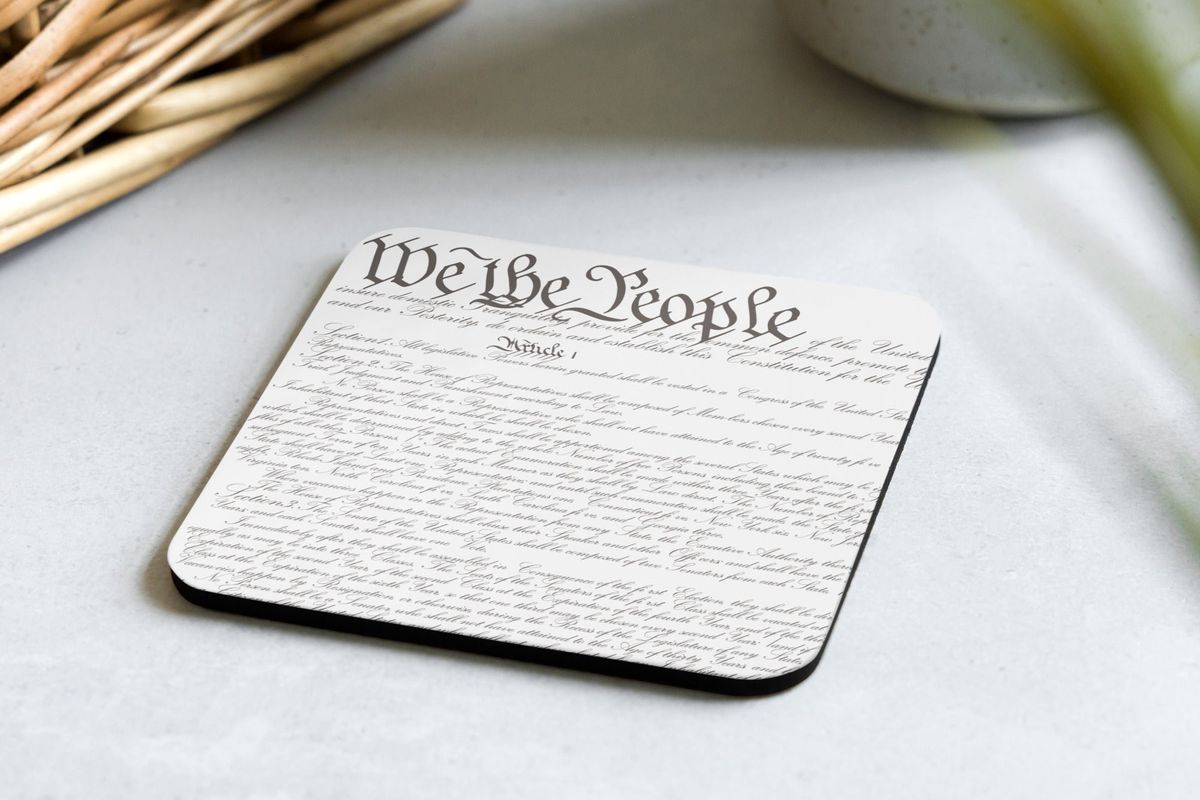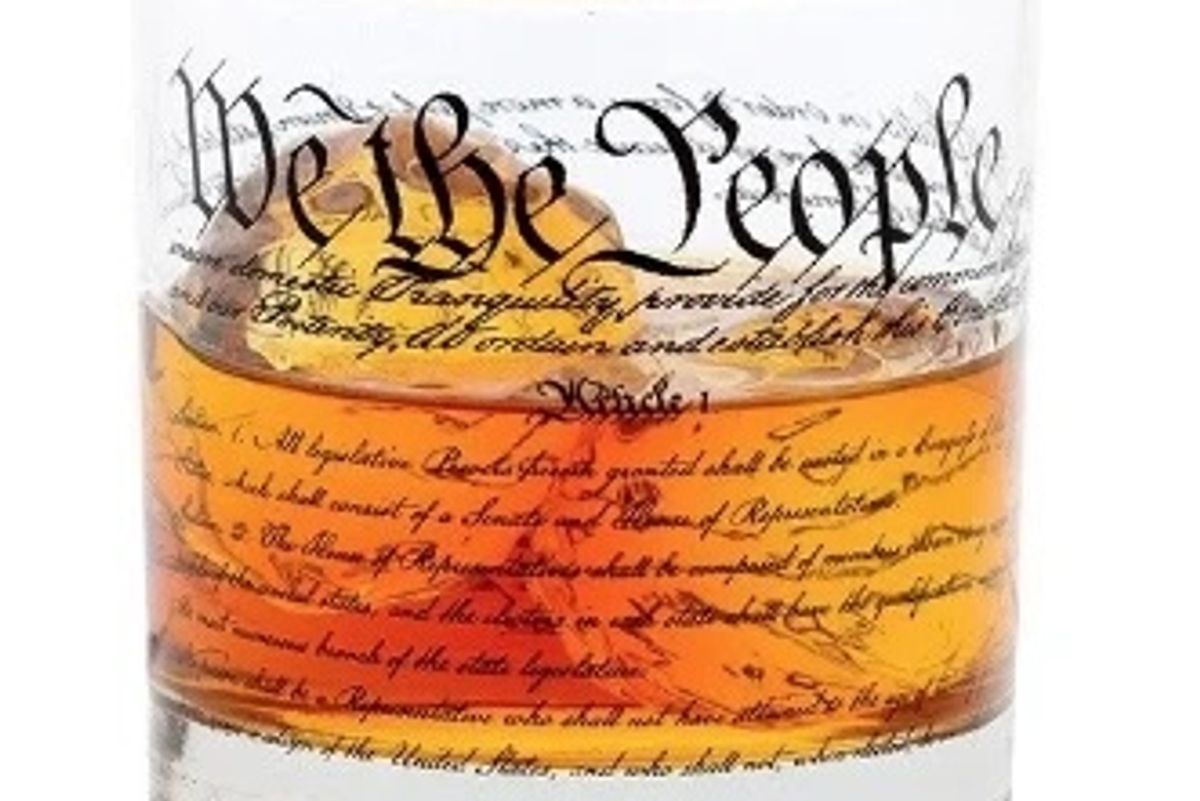
Cultural appropriation is typically defined as the use of one culture’s traditional designs, music or ideas by a member of another culture. The charge is usually launched when a famous creator mines the artistic ideas of a group deemed a disadvantaged minority. Nowadays, it’s become fodder for self-righteous tirades on social media.
Cultural appropriation is not to be confused with copyright infringement. That’s when someone illegally uses the work of a particular artist, musician or writer. No one is “stealing” from other traditions because no one owns them.
Alejandra Fausto, the cultural minister, thus errs when she says Herrera’s bird and flower embroidery belongs to the people of Tenango de Doria in Hidalgo. And her claim that a striped knit shirtdress in the collection borrows too freely from Saltillo serapes is irrelevant. People are allowed to make exact-looking reproductions of the serape, and the Chinese do.
How many pairs of blue jeans, a cultural artifact of the American West, are produced in China, Mexico and elsewhere? The Haiku is a Japanese poetic form using very few words. The African American writer Richard Wright composed 4,000 of them.
Great creative works are the product of cultural cross-fertilization. Admirers of magnificent Native American beadwork should remember that the beads came from Europe.
The shape of Herrera’s controversial strapless dress is pure Paris. Herrera herself is a Venezuela-born American citizen whose company is owned by the Spanish fashion group Puig. What Fausto calls plagiarism Herrera calls “inspiration.” Herrera occupies the high ground here.
Some cultural police charge appropriation when the underlying concern is something else. Ignorance, for example.
Kim Kardashian West was accused of cultural appropriation for calling her new line of shapewear Kimono. Labeled an affront to Japanese culture, it was … what was it? It’s hard to believe that Kardashian didn’t know that a kimono is a modest traditional garment. Perhaps she just liked the word. But why apply a term so freighted with meaning to tight undergarments for curvaceous bodies? After much protest on social media, Kardashian changed the name to SKIMS, which will cause less confusion to shoppers.
Cultural appropriation has become such a catchall phrase that it is wrongly applied to cases of racism or ethnic insensitivity. Gucci produced a black balaclava sweater with a red cutout for the mouth suggesting lips. That was not a great idea, and Gucci wisely pulled it from the shelves.
While there’s no legal avenue to stop cultural appropriation — and the related call-out campaigns often venture into idiocy — some such discussions are worth having. There are longstanding critiques of Elvis Presley for becoming rich and famous off an African American musical tradition. That black musicians at the time couldn’t do likewise was the injustice, not Elvis’ adoption of that musical style.
In Elvis’ defense, the King did pay much homage to his music’s racial origins. He also brought that musical form into the American mainstream, opening paths to stardom for black artists.
What’s behind the cultural appropriation call-out craze? Some of it may be ordinary people trying to intimidate successful creators. Or attempts to create a monopoly for artists genealogically tied to the culture in question.
There are two bottom lines here. One is that cultures do not hold legal copyrights. The other is that many diverse streams feed into the river of creativity. And, frankly, in this age of mashups, who owns anything anymore?








